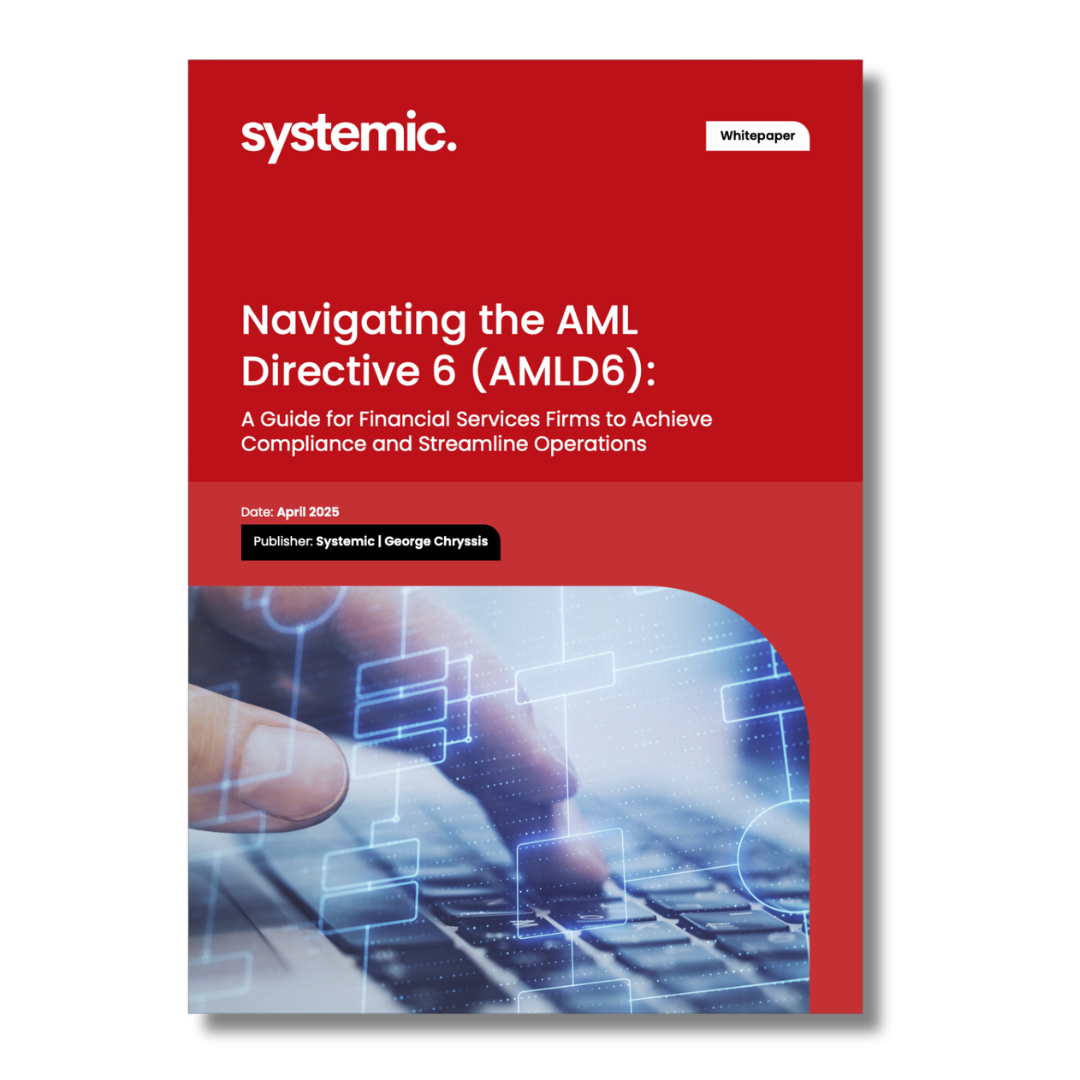But why is the Administrator’s role being extended beyond his traditional expertise? Fund administration is typically mostly associated with Accounting, which is its core business. Nevertheless, because fund administration systems go through extensive checking during the Net-Asset-Value calculation process, it is these platforms that should have particularly valuable information for use by other systems in the production chain, including Risk management, Performance measurement, Compliance, Reporting and others.
As a result, fund managers depend on their administrator for collecting diverse data needed to carry out various tasks. If their administrator can undertake some of them in addition to his core tasks, so much the better. Otherwise, they still need the data in a trouble free and secure process to complete a number of processes on their own by filtering and feeding the relevant data to other more specialized systems and processes.
Risk management & Performance measurement
Few Fund Management Companies can afford to use a dedicated portfolio management system that is fed directly with data independently of fund administration, although this would be a good practice and would allow for a more thorough reconciliation.
Although both these areas are beyond the scope of administration, it is particularly useful if the fund administration system “understands” risk & performance as this will allow it to feed other systems in an accurate, timely, and complete manner.
A step further would be for the fund accounting system to offer directly risk & performance functionality to be used by the Fund Managers’ or other outsourcing party’s specialized personnel. This would avoid the need to exchange & reconcile data and the complexity and expense of purchasing and maintaining separate systems.
Investment compliance
Investment compliance is yet another subject at the center of attention of regulators and investors alike. At any point in time the Fund Manager needs to observe the fund’s exposure against all sorts of criteria that have been identified in its investment prospectus. Quite often, additional internal limits may be put in place, which is a best practice. Such limits might apply to a vast universe of parameters including asset allocation based on region, currency, instrument type, issuer or exposure based on VaR, Sensitivity to a number of risk factors or other measure.
Although the ultimate responsibility for respecting such limits lays with the Fund Management Company, a Fund Administrator is typically also in charge of verifying such compliance. Therefore the capacity of his systems to monitor any limit structure in a timely and accurate manner is of utmost importance.
Regulatory reporting
Regulatory reporting continuously becomes more demanding and complex. As a result, usually other more specialized systems undertake the responsibility to produce regulatory reports. In the EU, these include UCITS risk reporting, AIFMD reporting, Solvency, Transactions reporting under EMIR, MiFID and other Directives.
Nevertheless, the most “natural” place to produce such report should be the fund admin system itself, given that all relevant information resides there. Unfortunately it usually takes too long until fund admin systems can cope with such requirements which are often wrongfully considered out of their scope.
Streamlined Communication with Investors & Managers
Gone are the times of paper-based subscription and redemption forms, investor documents and questionnaires. In the modern era such error prone and time consuming transactions must be electronic, subject to automated and robust workflows and audited procedures for each communication layer between the administrator, investment manager and investors.
In addition, a number of portfolio statements & monitoring reports need to be produced on-demand by both investors and managers, relevant to executed transactions, valuation, performance & risk analysis, fees and others. Therefore, the fund administration system needs to be in a position to deliver these in a custom and fully secure manner.





